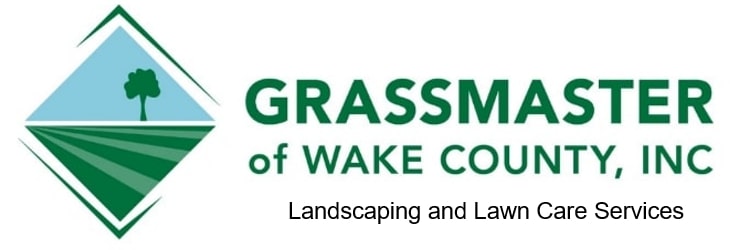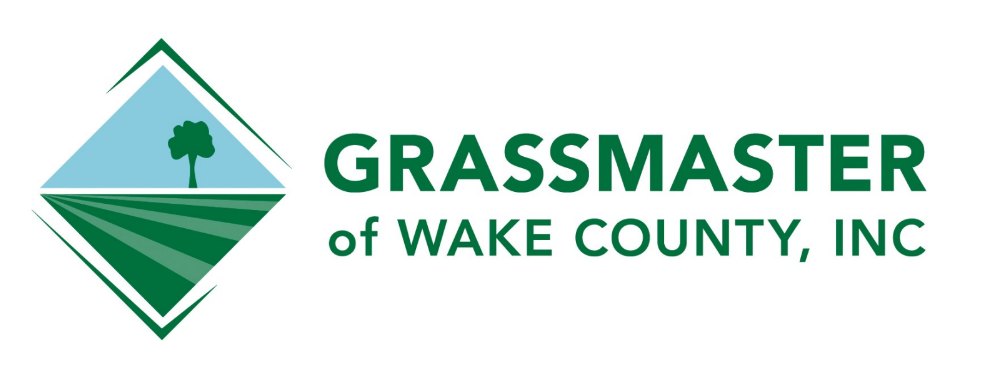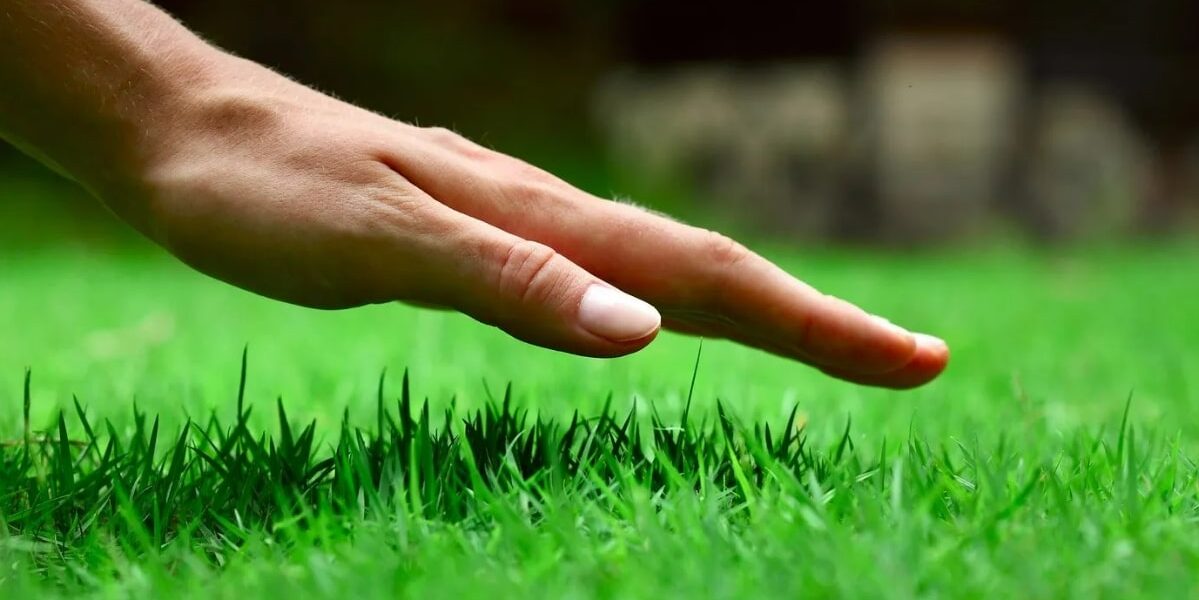Expert Lawn Services in Wake County, NC
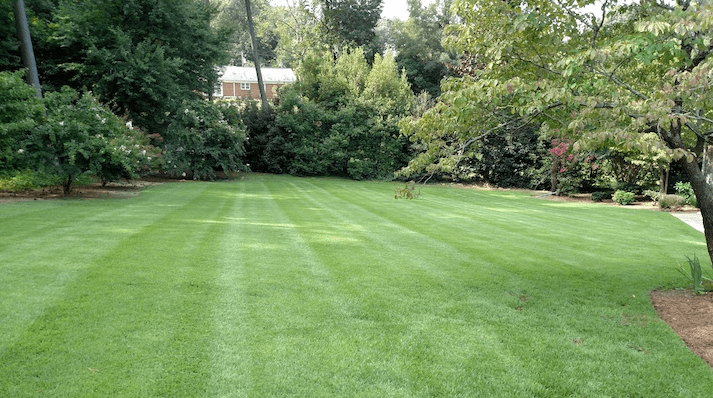
Looking to revitalize your lawn in Wake County, NC? Consider the transformative benefits of lawn dressing. Enhancing soil quality, promoting healthy grass growth, improving overall lawn aesthetics, and landscaping are just a few advantages.
With the historical significance of lush lawns and landscaping dating back centuries, this practice continues to stand the test of time. Discover how lawn top dressing can elevate your outdoor space to new levels of beauty and vitality by improving healthy soil and soil profile.
Table of Contents
Understanding Lawn Top Dressing
Benefits of Lawn Dressing
Lawn top dressing offers several advantages for your lawn. By applying a thin layer of material on the surface, you can significantly improve the soil quality. This process helps to level out any uneven areas in your lawn, creating a smooth and uniform appearance. Top dressing aids in promoting healthy grass growth by providing essential nutrients and improving soil structure.
Lawn dressing also helps with moisture retention in the soil, reducing water runoff and ensuring that your grass receives adequate hydration. Moreover, it can enhance seed germination by creating an optimal environment for new grass seeds to grow successfully. Overall, incorporating top dressing into lawn care routine can lead to a lush and vibrant lawn that is more resilient to stressors like foot traffic or extreme weather conditions.
- Improves soil quality
- Levels uneven areas
- Promotes healthy grass growth
- Enhances moisture retention
- Facilitates seed germination
Materials Used for Lawn Dressing
hen considering lawn top dressing, various materials can be used based on your specific needs and goals. Common materials include sand, compost, or a combination of both. Sand is ideal for improving drainage and leveling low spots in the lawn. On the other hand, compost enriches the soil with nutrients vital for robust plant growth.
- Sand: improves drainage & levels low spots.
- Compost: enriches soil with nutrients.
- Combination of sand & compost: benefits from both materials’ properties.
Benefits of Lawn Dressing Your Grass
Improves Soil Structure and Drainage
Lawn dressing your lawn can enhance drainage and soil structure, reducing waterlogging risks. By adding a thin layer of material like compost or sand, you help the soil retain moisture without becoming waterlogged. This process also aids in preventing runoff during heavy rainfall.
Prevents waterlogging
- Enhances soil structure
- Reduces runoff risks
Boosts Nutrient Availability for Grass Roots
When you top dress your lawn, it provides essential nutrients to the grass roots for healthier growth. This leads to lush green lawns that are more resilient against pests and diseases. The added nutrients from the top dressing create a fertile environment for new grass to thrive.
- Promotes healthier grass growth
- Increases nutrient availability
- Fosters greener lawns
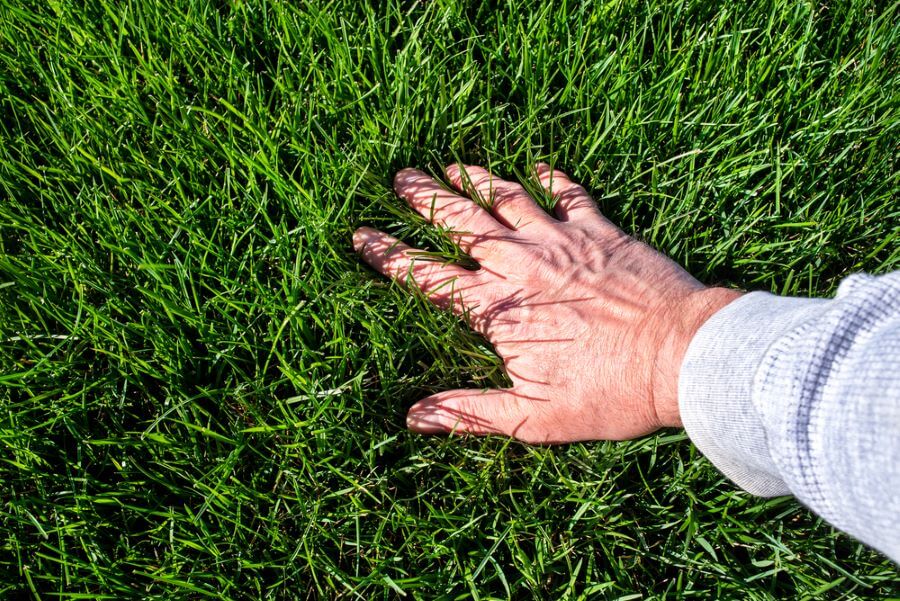
Selecting the Right Lawn Dressing Material
Factors Influencing Choice
Selecting top dressing material depends on soil type, grass species, and desired outcome. For sandy soils, consider using organic-rich top dressings like compost to improve moisture retention. On the other hand, clay soils may benefit from sand-based top dressings to enhance drainage and prevent compaction.
When choosing a top dressing, consider your lawn’s specific needs. If you have sandy soil that dries out quickly, incorporating organic material can help retain moisture. Conversely, if your lawn has clay-heavy soil prone to waterlogging, a sand-based top dressing can aid in improving drainage.
Matching Materials with Soil Types
Organic materials such as compost or peat moss work well for enriching sandy soils by adding nutrients and improving water retention capabilities. In contrast, sand-based top dressings are ideal for enhancing drainage in clay-heavy soils by preventing compaction and promoting healthier root growth.
Pros of Organic Materials:
- Improve nutrient content
- Enhance moisture retention
Cons of Sand-Based Dressings:
- May not provide additional nutrients
- Require proper blending techniques
How to Properly Lawn Dress Your Grass
Preparing the Lawn
Before lawn dressing your lawn, ensure you start by mowing it short and clearing any debris. This step allows the top dressing material to reach the soil effectively. By removing obstacles like leaves or branches, you create a clean surface for the application.
To spread the lawn dressing evenly, consider using a shovel or specialized spreading equipment. These tools help distribute the material uniformly across your lawn without creating clumps or patches. Even distribution ensures that every part of your lawn receives an adequate amount of top dressing.
Working in the Material
After spreading the lawn dressing, grab a rake or broom to work it into the grass canopy gently. This process helps incorporate the material into your existing soil and encourages proper growth. Use this opportunity to fill in any low spots on your lawn with extra top dressing.
The Role of Lawn Dressing in Overseeding
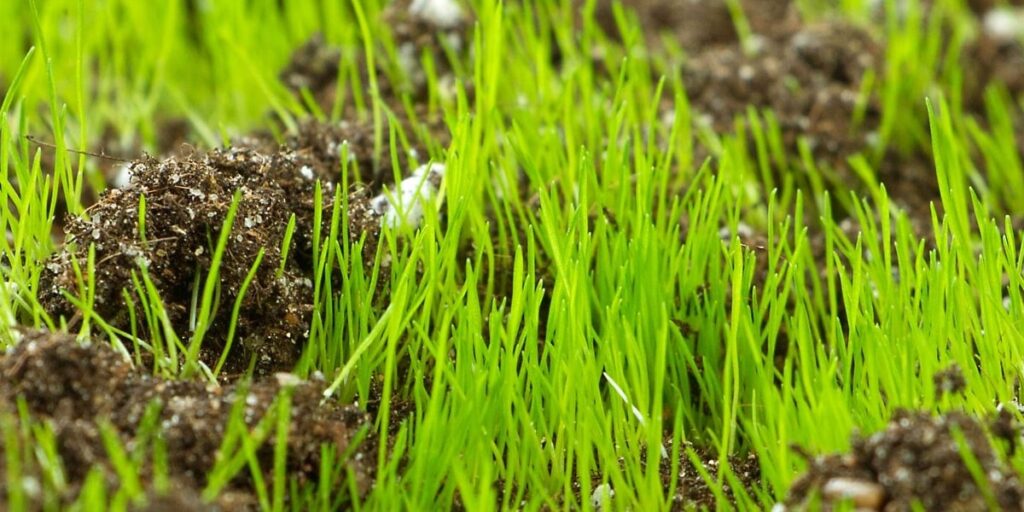
Protecting Newly Sown Seeds
Lawn dressing after overseeding is crucial as it shields the grass seed from external elements, ensuring its safety. By providing a protective layer, top dressing safeguards the seeds and promotes successful germination.
By retaining moisture around the seeds, top dressing creates an ideal environment for seed germination. This moisture retention supports the growth of new grass by keeping the seeds hydrated during their critical early stages.
Preventing Weed Growth
In addition to protecting and nurturing newly sown seeds, top dressing also acts as a natural barrier against weed invasion. The material used for top dressing helps prevent unwanted weed seeds from reaching the soil surface and competing with emerging grass seedlings.
- Provides protection for newly sown seeds
- Retains moisture essential for germination
- Acts as a barrier against invasive weed seeds
Timing and Frequency for Lawn Dressing
Best Time to Apply
In lawn dressing near Wake County, NC, it’s crucial to choose the right time. Optimal periods for top dressing are spring or fall when the grass is actively growing. During these seasons, the lawn can better absorb nutrients from the top dressing.
Lawn dressing in spring or fall ensures that your grass receives essential nourishment while promoting healthy growth. This timing allows for better soil aeration and helps in maintaining a lush green lawn throughout the year.
Frequency of Applications
For minor leveling, an annual application of top dressing suffices. However, major renovations may require more frequent applications to achieve desired results. It’s essential to assess your lawn’s needs before deciding on how often you should apply lawn dressing.
Applying lawn dressing during extreme weather conditions or when the soil is excessively wet can be counterproductive and ineffective. These conditions may hinder the proper absorption of nutrients by the grass, leading to potential damage instead of improvement.
Lawn Care Tips for Wake County, NC Residents
Choosing Grass Varieties
Select grass varieties that thrive in the local climate and soil conditions of Wake County. Opt for warm-season grasses like Bermuda or Zoysia, well-suited to North Carolina’s hot summers.
Grass types such as Tall Fescue are excellent choices due to their ability to withstand the region’s occasional cold snaps. These grasses ensure a green lawn year-round.
Mowing Techniques
Maintain your lawn by mowing it at the recommended height based on the grass type. Regular mowing helps promote healthy growth and prevents weed infestation.
Mow Bermuda grass at a lower height than Tall Fescue for optimal results. Proper mowing practices are essential for keeping your lawn looking neat and vibrant.
Watering Practices
Implement proper watering techniques to keep your lawn lush and resilient throughout the seasons. Deep watering encourages strong root development, making your turf more drought-tolerant.
Water deeply but infrequently to prevent shallow root growth and encourage roots to reach deeper into the soil for moisture retention.
Finding Lawn Dressing Services Near Wake County, NC
Research Local Companies
When searching for lawn top dressing services near Wake County, NC, start by researching local or lawn care services. Look for providers that offer lawn dressing as part of their service offerings. Check online directories or websites like the Better Business Bureau and Dunn & Bradstreet to find these companies and contacts.
Consider reading reviews from previous customers and asking friends or neighbors for recommendations if they have used lawn-dressing services before. Feedback from others can provide valuable insights into the quality of service provided by different companies in the area.
Contact Multiple Providers
To ensure you make an informed decision, reach out to multiple lawn dressing service providers in Wake County. Compare prices, availability, and expertise offered by each company. By contacting several providers, you can assess which one aligns best with your budget and requirements. Also review Google Reviews for recent ratings.
- Research local landscaping companies
- Read reviews and ask for recommendations
- Contact multiple providers to compare prices and expertise
How to Get the Best Lawn Dressing Company
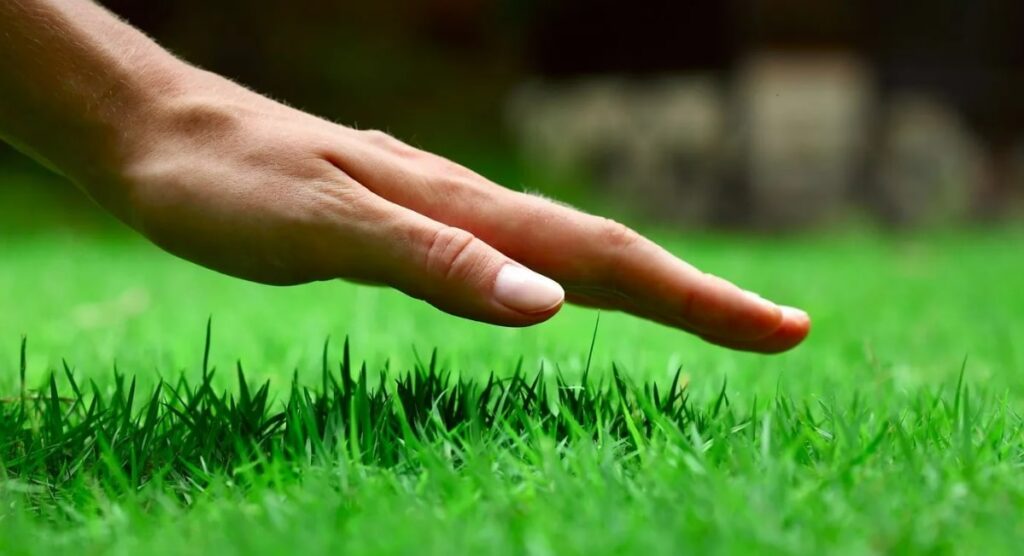
You’ve now got the lowdown on lawn dressing – why it’s crucial, how to do it right, and when to schedule it. By adding this to your lawn care routine, you’re giving your grass the VIP treatment it deserves. It’s like giving your lawn a refreshing spa day – rejuvenating and priming it for lush growth.
So, roll up those sleeves, grab that lawn dressing material, and show your lawn some love (Or you can hire it out and save your back and time).
Your yard will thank you with a carpet of vibrant green that’ll be the envy of the neighborhood. Get out there and give your lawn the top dressing TLC it needs!
GrassMaster of Wake County recommends that fescue lawn aeration and top dressing be done in the early fall to be most effective in our climate. Warm-season lawn ( Bermuda, zoysia, and centipede) aeration and top dressing should be done in late spring once it turns green and the grass is actively growing.
Give us a call at 919-796-1633 for a FREE quote, or, simply fill out our Contact Form.
(FAQs) Frequently Asked Questions for Lawn Dressing
How does top dressing benefit my lawn?
Top dressing improves soil structure, enhances nutrient retention, and promotes healthier grass growth by providing a layer of organic matter. It helps level the surface, reduces thatch buildup, and encourages stronger roots for a lush lawn.
What are the best materials for Lawn dressing my lawn?
Choose quality materials like compost or sand mixed with organic matter. Compost enriches soil fertility while sand aids in drainage and leveling. The right material depends on your soil type and specific lawn needs.
When is the ideal time to lawn dress my lawn in Wake County, NC?
Early fall or spring is optimal for lawn dressing in Wake County. This timing allows grass to recover from stress before extreme weather sets in. Avoid hot summer months when heat can harm newly applied material.
Can I overseed my lawn at the same time as lawn dressing?
Yes, you can overseed while lawn dressing your lawn to enhance results. Top dressing creates an ideal seedbed for new grass seeds by improving seed-to-soil contact and providing essential nutrients for germination.
How often should I consider lawn dressing my grass in Wake County, NC?
Typically, aim to lawn dress your grass once a year to maintain healthy turf growth and address any soil compaction issues effectively. However, monitor your specific lawn conditions as some may require more frequent applications based on wear and tear.
